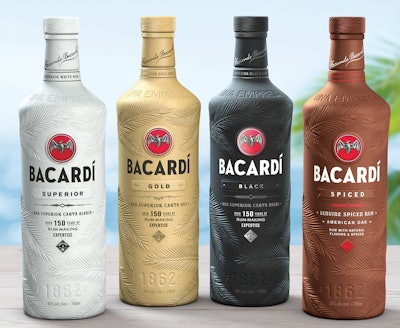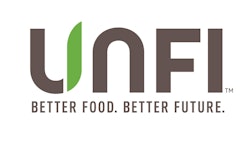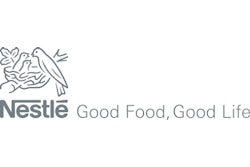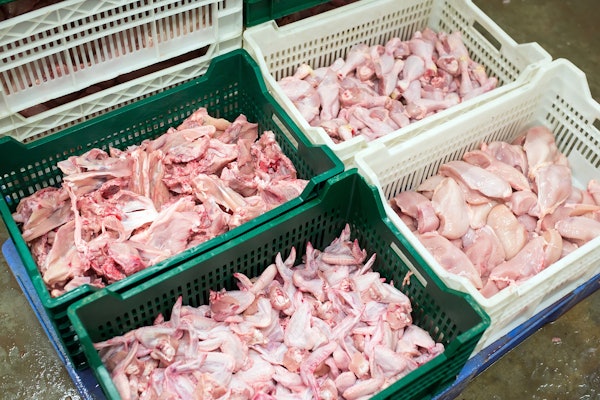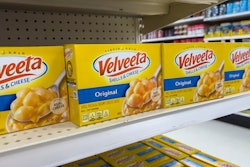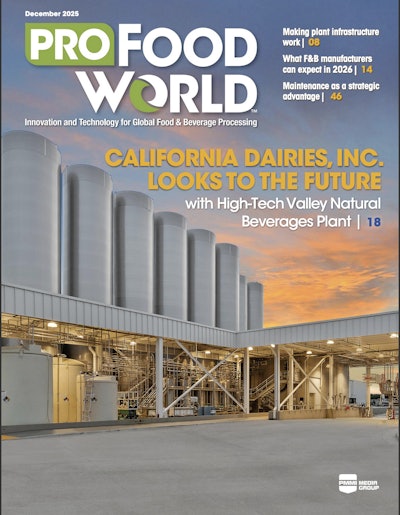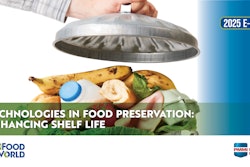They are adding 3,000 tons of plastic to their packaging mix.
That’s not what the Ocean Conservancy is advising. “The inaccessibility of the majority of marine plastic pollution,” says the organization, implies that “there is currently little prospect for cost-effective cleanup, suggesting that researchers and policymakers alike should primarily focus their attention on reducing future flows of plastic into the ocean.”
Most marine plastic pollution (MPP) mitigation initiatives in the packaging field concentrate on stemming the flow of plastics into the sea by reducing the amount of plastics in their products, and boosting the use of recycled content.
Bacardí’s approach is different. And more ambitious. In the next 18 months the company plans to replace 80-million plastic bottles–approximately 3,000 tons of plastic–with contact clear biodegradable, plant-based polyhydroxyalkanoate (PHA) containers for its entire spirits portfolio, including Bombay Sapphire gin, Grey Goose vodka, Patrón tequila, Martini vermouth, and Dewar’s scotch whisky. Bacardí rum will be first to convert to PHA bottles. The spirits giant worked on the project with Danimer Scientific, developer and manufacturer of Nodax PHA, which is derived from canola, palm and soy seeds. Danimer says the PHA bottles will biodegrade in a wide range of environments, including compost, soil, freshwater, and sea water, and after 18 months, “disappear without leaving behind harmful microplastics.”
Bacardí intends to share its PHA bottle technology with other spirits makers, a strategy that could lower the cost of Nodax by increasing its production volume.
The Bacardí/Danimer announcement comes as global concerns are rising about nearly 16 million tons of non-biodegradable microplastics embedded in the sea floor. These are fragments measuring between 5 mm and 1 μm, and make up more than twice the amount found on the surface of the ocean, according to a recent study by Australia’s national science agency—Commonwealth Scientific & Industrial Research Organization (CSIRO). It is believed that this is the first ever global estimate of the amount of microplastics on the ocean’s bottom.
Bacardí is also developing a “sustainably sourced paper bottle.” By integrating the Nodax PHA polymer, Bacardí says this alternative solution will have equally strong environmental credentials while ensuring the quality and taste of the spirit inside a bottle made of paper is as exceptional as one made of glass.
As with other investigations of microplastics in marine environments, the CSIRO research’s primary interest was determining the volume of materials present rather than their origins. Few studies have conclusively identified how microplastics travel to the bottom of the ocean. Or where, specifically, they come from. “Larger pieces of plastic that get broken down to smaller pieces can sink to the seafloor, and ocean currents and the communities’ natural movement of sediment along continental shelves can transport them widely,” notes CSIRO.
Scientists in the U.S. have shown microbial communities, such as bacteria, can inhabit this marine “plastisphere.” The microbes can weigh the plastic down, so it no longer floats. Mussels and other invertebrates may colonize floating plastics, adding weight to make them sink.
“Cigarette butts, plastic fragments, bottlecaps, and food wrappers are common on land, though rare on the seabed,” says Denise Hardesty, principal research scientist and co-author of the CSIRO study. Meanwhile, it found entangling items such fishing line, ropes, and plastic bags are common on the sea floor.
“The deep ocean is a sink for microplastics,” she says.
Plastics found in the sea fall into two basic categories: macroplastics (large pieces including what most of us would recognize as “packaging,” i.e., bottles, caps, and flexible wraps, and microplastics: bits of plastics that are 5 mm or smaller. Microplastics are further divided into primary and secondary microplastics. Primary microplastics include microfibers from clothing, microbeads, and plastic pellets, also known as nurdles. Secondary microplastics, where most plastic packaging is categorized, are created when larger plastic pieces are degraded by natural weathering processes and include water and drink bottles, fishing nets, and plastic bags.
Bacardí’s plan to replace Its petrochemical plastic bottles with biodegradable PHA bottles is intended to reduce the volume of secondary microplastics contributing to MPP. While not all of their PHA bottles will end up in the sea, one risk that will have to be monitored is the tendency of Bacardí’s customers to dispose carelessly of the biodegradable bottles.
Ben Miyares, Packaging Sherpa, is a packaging market and technology analyst and is president of The Packaging Management Institute, Inc. He can be reached at [email protected].
